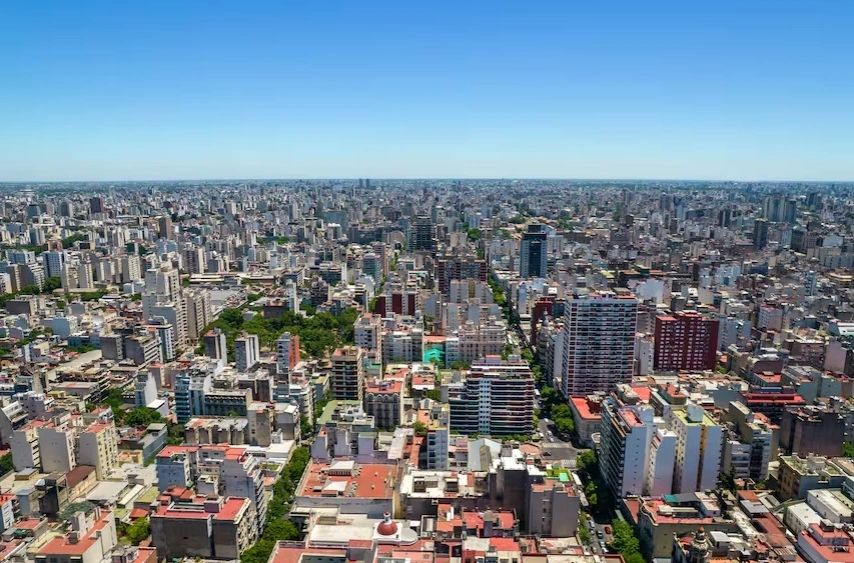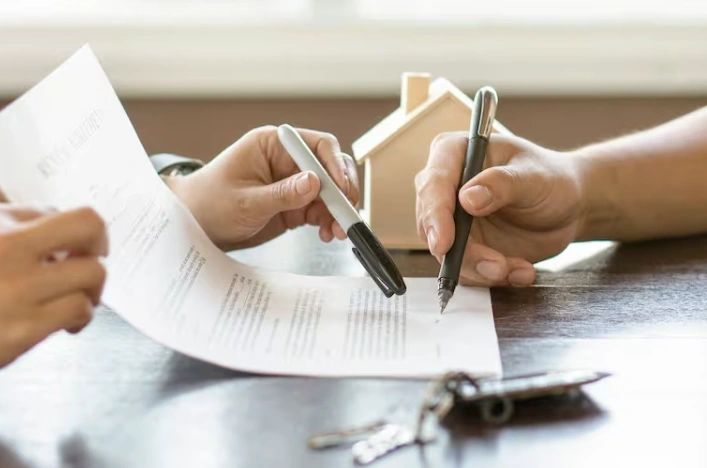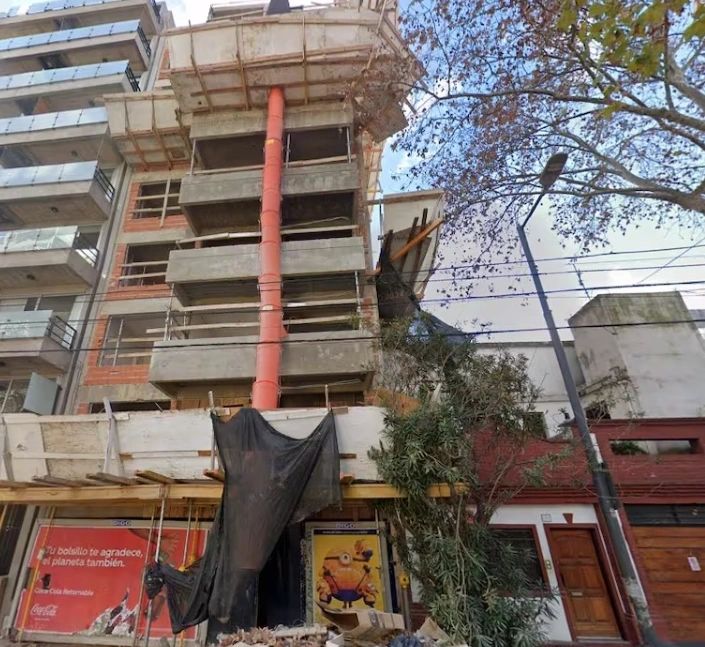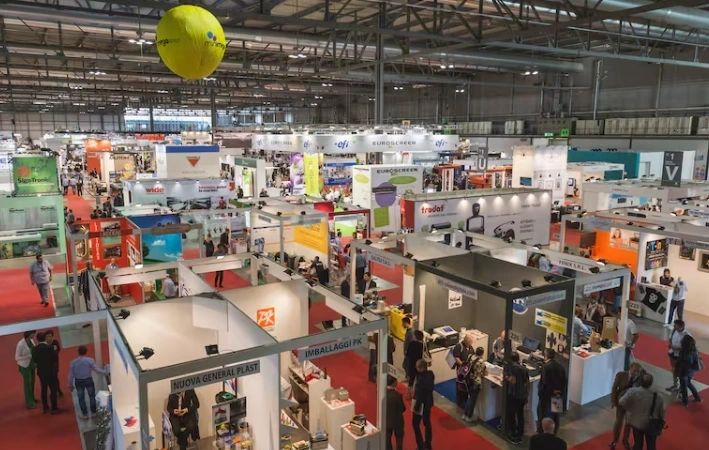BuySellBA
Administrator
Construction cost relief: “Domestic products began to decline.” - La Nacion Propiedades

Source:

Un alivio al costo de construcción: “Los productos nacionales empezaron a bajar”
El desarrollador describe hacia dónde va el negocio de los desarrolladores y que lo motorizará
May 24, 2025
The developer describes where the developer business is going and what will drive it.
By Martin Piantoni

Exchange rate stability and the return of mortgage lending are driving a new growth cycle in the Buenos Aires real estate market.Shutterstock
The decline in inflation and a stable exchange rate are generating a new cycle of growth in the real estate market, producing a significant increase in the purchase and sale of used units in recent months.
In March alone , there were 4,747 deeds , 10.94% more than in February and 39.66% more transactions compared to the same month last year.

During March, 4,747 deeds were signed in the City of Buenos Aires, 39.66% more than in the same month in 2023.
No less significant is the turnover time of units for sale and the average time it takes for a home to be sold from the moment it is listed - which went from 10.3 years in 2020 to just 1.8 years in March of this year.
Clearly the accelerator par excellence of this positive change that is taking place, in addition to the drop in inflation and the stability of the exchange rate, is the Mortgage Credit , which is allowing many people and families to move from a studio apartment to a one-bedroom apartment and from a two-room apartment to a three-room apartment and, to a lesser extent, to a four-room apartment, achieving a dream that has been delayed for many for quite some time.

Access to mortgage credit allows many families to aspire to larger homes.
Today, 20% of deeds in the City of Buenos Aires are executed with a mortgage loan , according to data from the Notaries Association, a significant statistic, given that a year ago, credit was practically nonexistent.
Credit is the driving force par excellence of the real estate market , so we understand that if inflation continues to fall, allowing for a drop in loan interest rates, the percentage of mortgage deeds and the number of real estate transactions will increase.
However, this dynamism is not yet evident in the sale of brand new and used units , on the one hand due to the overstock of used units that were for sale at a lower price and, on the other, because the market for brand new units does not yet have the alternative of mortgage credit.

Brand new and off-the-shelf units are still showing low dynamism due to a lack of credit and an oversupply of used units.Google Maps
With the increase in dollar costs over the last year and a half , real estate developers are using all possible ingenuity to be competitive and offer different self-financing alternatives so that our product is an affordable option for those who want to buy a new home with the quality and service standards that today's new buyers are looking for.
It is very important for the dynamics of the real estate market that real estate developers can once again play a relevant and strategic role so that the growth of the real estate market is constant and sustained over time.
The opening of the economy and, ultimately, the lifting of the exchange rate restrictions herald a significant shift in market expectations. We are already seeing many domestic products begin to fall in price—including sheet metal, iron, porcelain tiles, ovens, and stoves—and others are rapidly slowing or reversing their price increases.

In the absence of credit for new units, developers offer self-financing alternatives. Shutterstock
We are beginning to see a different real estate market than what we have been seeing, much more dynamic in general, where the various players, from input manufacturers to importers, distributors, marketers, builders, developers, banking and financial institutions, and insurers, are realizing the importance of working together in a true construction industry that grows solidly and steadily over time.
If we analyze the market in terms of sales price for the end buyer, average values per square meter in Buenos Aires are still 25% lower than they were in late 2017 and early 2018, but with similar construction costs.

With the economic opening, some key construction inputs began to drop in price.Unsplash
Recently, we've observed a 10% increase in prices—not uniform across all neighborhoods in Buenos Aires . Some economists are reporting a 40% increase in per square meter, though they haven't specified how long this increase could take, as it depends on many factors.
Regardless of how much, when, and how property values will increase in the future, the most important thing is a dynamic and constant market where supply and demand converge , where there is a construction industry generating more and better jobs and a demand from buyers who can own their own homes through long-term loans.
www.buysellba.com

